There are often multiple paths you can take to reach the same outcome. Forming a California cannabis cooperative is no exception. However, I hope I can provide you with information that will make your journey a little easier. Through the process of forming a co-op, I have learned a few lessons along the way. I can safely say that forming this union is one of the best things you can do for your farm, but it can also prove to be one of the most challenging.
Creating your tribe.
The first step in creating this collaboration of farmers is to identify your partners. These people should share your same vision and values and have a firm understanding of the group's expectations. Your partners will not only be the people you bounce ideas off of and go to for advice, but they will also act as your shoulders to lean on when work gets overwhelming. You want these individuals to be people you can count on, who are great communicators, and share your same work ethic. Start with three founding members who meet these criteria, then clearly define everyone’s roles and responsibilities to ensure there are no surprises down the road. A compliant system should be put into place, and everyone should be dedicated to it.
You also have to take into account the ability for your desired team to progress; you don’t want any of your members to individually hold your co-op’s growth back. For instance, fluency in shared spreadsheets is a must, as is communicating forecasted inventory, and a weekly phone call is often needed to keep everyone on the same page. Hive Mendocino has a firm mindset that the plant always takes priority over anything else. This means that our members sometimes have to be flexible and understanding when certain situations arise.
When all the members of a co-op complement each other, everyone involved benefits. In Hive’s case, we each have our strengths, together creating a force of 100+ years of cannabis cultivation experience. These other cultivators have been the support system my farm needs to be the best it can be. Having a team with which I can talk through issues is beyond beneficial; it’s priceless. It’s nice to know we are not left alone to fend for ourselves in the turbulent cannabis airspace. This shared knowledge put us all in a win-win situation. We can help each other with crop issues, compliance projects, inventory management, sales pipeline creation, and industry advancement as a whole.
Expanding your tribe.
After your three farms are established, you may want to expand your number of members. I suggest you spend some time working through your bylaws to figure out exactly what it means to bring another farm in. The whole co-op should be on board with this decision because ultimately, that onboarding process is a shared task. A good approach is to have each current member bring in and mentor a new farm. This allows for the new farms to ease their way into the co-op environment and doesn’t leave one member more responsible for their transition than another. Multiple licenses may allow for more product, but only bring on partners that match your trajectory. If your goal is to increase product production, there’s also the option to add another license under one of your current members.
Now that you know what type of farmers you are looking for, where do you meet them?
Our group of farms met while volunteering for a local farmer alliance. We created a co-op structure we all agreed on and decided we wanted to do it for ourselves. We expanded on that vision and created Hive. Joining a cannabis group or committee is a great way to meet potential partners. If the position is available, I highly recommend volunteering as the notetaker. This will put you right in the middle of the action and keep you at the forefront of new ideas and regulations. I am a part of the Mendocino Cannabis Alliance (MCA), but if you’re not in Mendocino, talk to your local municipality -- they can give you an idea of with what groups are available to get involved.
Networking events are also great for meeting likeminded people, both buyers and potential co-op partners. Distribution mixers -- like the one MCA held around harvest last year -- are some of the most valuable events to attend. They get you face-to-face with others in the industry and allow you to initiate conversations you wouldn’t otherwise have. While at these events, I strive to provide an experience for our potential partners that creates a genuine, personal connection to our farm and cooperative mission. After a discovery conversation, I invite them out to my farm for a tour so they can see just how we do things.
We are stronger together.
Rather than fight each other to get a piece of the pie, members of a co-op build each other up, advocating for and encouraging the success of each other. The best way for farmers to stay competitive is for small groups of us to unite, pool our resources together, and not think of each other as competitors. We should instead think of our peers as collaborators, working together to better the industry.
If you are interested in learning more about Giving Tree Farms and our products, set up a wholesale account and we’ll connect with you soon!

